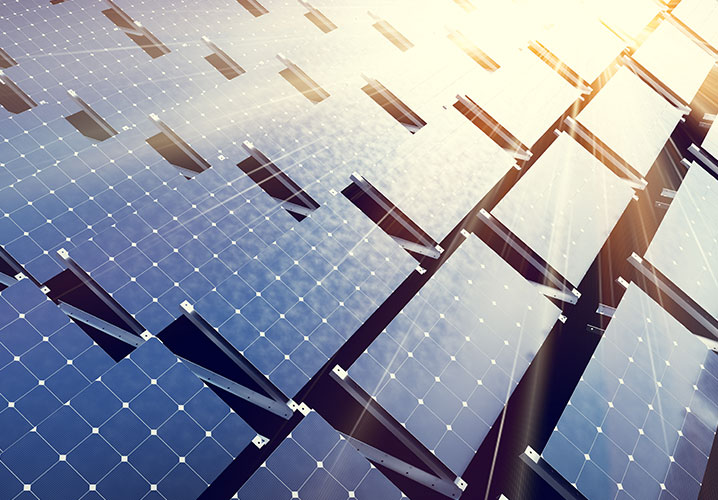
Innovatively minimizing photovoltaic risks
As an integral part of the energy transition, photovoltaic systems not only offer economic benefits but also pose special fire risks. However, operators of such systems are often unaware of the risks that exist and the dangers that can result. The PV-DiStAnS (Photovoltaic-DifferentialPowerAnalysisSystem) project was initiated because artificial intelligence such as innovative monitoring systems can significantly increase system safety and efficiency and remedy the increasing system damage and number of accidents.
Photovoltaic systems are on the rise as renewable power generators. Not only micro and small systems for homeowners and agricultural businesses are popular - the manufacturing industry is also making the switch: photovoltaic systems are crowning more and more roofs of production buildings. They bring two major advantages for companies: a valuable opportunity for their own energy transition and an increase in earnings through increased electricity production - if more energy is generated in-house, less electricity has to be purchased externally.
Rooftop systems as ignition sources
On the other hand, PV systems pose new risks for fire protection, especially in the case of rooftop systems on production halls and warehouses. Insulation materials containing plastic and films that are highly flammable are still frequently used for the roof structure. These fire loads in combination with a PV system as a potential ignition source pose a high risk - for people and the company. Conventional protective devices such as fuses are already integrated into the electrical systems to counteract the increasing number of cases of damage.
"Artificial intelligence enables us to monitor the operating behavior of photovoltaic systems around the clock and react to critical conditions at an early stage."
Expansion of conventional protective measures is required
A major disadvantage of conventional protective devices is that they mainly react to insulation faults and only when critical measured values are reached. In this case, for example, the cause of degradation is already well advanced and has developed into real damage. The automatic protective shutdown and the unplanned maintenance work lead to loss of income for the operator. At the same time, a fire risk remains due to faults that cannot currently be actively detected due to a lack of methods. In the worst-case scenario, this can result in personal injury and economic loss of production. Business interruptions due to fire damage can plunge companies into existential crises.
Without e.Guard
Immanent risk of fire, unforeseen defects, loss of income
With e.Guard
Active damage prevention, increased availability, improved service life, yield stability
The "PV-DiStAnS 2.0" project was successfully completed with new findings on the leakage current and harmonic wave behavior of inverter systems. As the importance of this topic is beyond question, the follow-up project "PV-DiStAnS 3" was started in 2023. This is funded by the Federal Ministry for Economic Affairs and Climate Protection.

